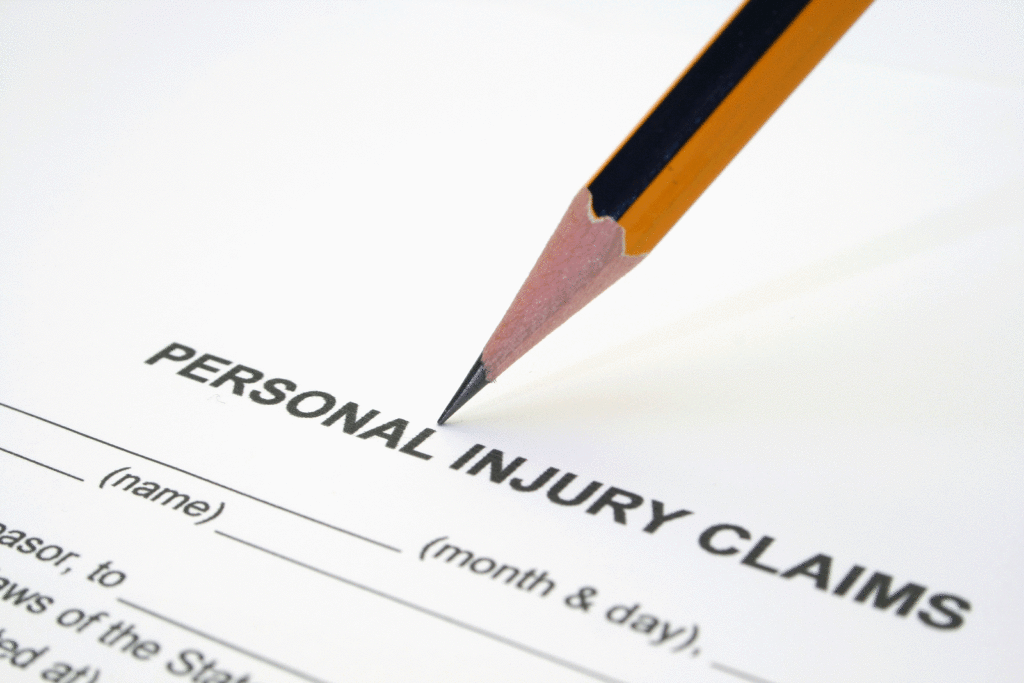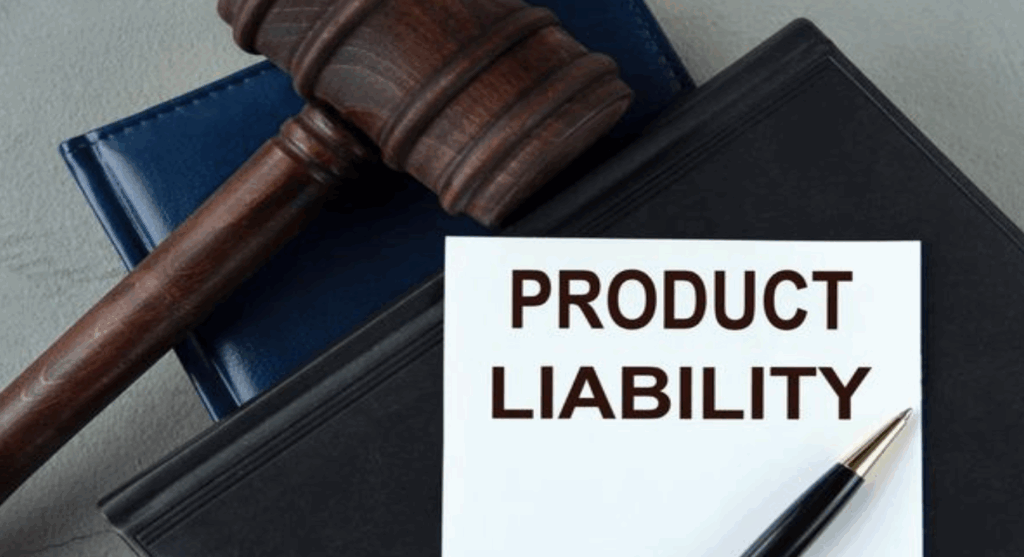Now Reading: What Is Negligence In a Personal Injury Claim?
-
01
What Is Negligence In a Personal Injury Claim?

What Is Negligence In a Personal Injury Claim?
Being injured in an accident doesn’t always mean you can file an insurance claim against the perceived at-fault party. Sometimes, accidents aren’t caused by anyone’s fault or negligence—the incident is simply an accident.
However, if your accident is caused by someone’s reckless behavior you may be able to file a compensation claim. This means establishing negligence in a personal injury claim and it’s not always a simple process.
Understanding Negligence in a Personal Injury Claim
The legal definition of negligence refers to an individual’s failure to exercise a reasonable level of care. What’s a reasonable level of care? This is the level of care a reasonable individual exercises in a situation to avoid causing injury or harm to someone else.
Negligence is a cornerstone of personal injury law, which allows you to hold individuals and entities responsible for any damages their actions or behavior may cause.
In simple terms, negligence requires everyone to act responsibly and avoid placing others at risk for injuries. Some examples of negligence that can apply in personal injury claims include:
- Aggressive driving. For example, failing to obey traffic laws
- Driving under the influence
- Failing to clean up and mark a spill in a retail store
- Not securing a pet that has a history of aggressive behavior
- Improperly maintaining a stairwell or elevator
- Operating a commercial vehicle without the required license. All commercial truck drivers must undergo training and have a valid CDL
These are only a few examples of potential negligent behavior that may give you grounds for filing a personal injury claim.
Proving Negligence in a Personal Injury Claim
Now that you have a basic understanding of the legal definition of negligence, it’s time to look at its four key elements. You must meet the criteria for each element of negligence before your claim can progress.
What are the four elements of negligence? These are duty of care, breach of duty, causation, and damages. For the majority of personal injury claims, if you can prove the first two elements, the rest fall into place.
A quick side note, some legal experts refer to the five elements of negligence instead of four. The fifth element refers to the at-fault party’s knowledge that injuries are likely due to their actions. This element is often combined with a breach of duty but it helps to be familiar with all aspects of negligence.
Duty of Care
So, everyone owes someone a duty of care, which typically refers to your actions and their possible effect on others. You must behave in a way that doesn’t put others at risk.
For example, all drivers have a duty to follow all traffic laws to reduce their risks of causing an accident. Business owners and employees have a duty to keep their facilities safe for customers and visitors.
Breach of Duty of Care
When an individual or entity fails to meet their duty of care, it’s viewed as a breach. This is especially true if an accident occurs because of the at-fault party’s reckless or negligent actions. Running a red light is a breach of duty. The driver is failing to follow all road rules. Ignoring a spill on the floor is another example.
To prove this element of negligence, you must show the defendant failed to act reasonably. A reasonable driver will stop at a red light. You can also presume a reasonable person will clean up any known hazard to prevent possible injuries.
This is also when the fifth element of negligence is usually included since a reasonable person will expect that running a red light can result in an accident. The same can apply to a spill on the floor. A reasonable individual can foresee someone slipping, falling, and injuring themselves.
Causation
Proving causation is usually relatively easy, and in this element, you’re showing that your damages are a direct result of the accident. In other words, your injuries and other damages wouldn’t have occurred if the accident hadn’t happened.
Your medical records, bills, and receipts can usually help you establish causation. Your accident report can also be crucial in proving your claim.
Damages
Your medical records and other paperwork will be crucial in proving damages. These are your losses, both economic and non-economic stemming from the accident. Your attorney can help you calculate these damages. However, you can only list damages directly caused by the accident.
Proving negligence in a personal injury claim can be complicated, especially when you’re focusing on healing and recovery. To help ensure your claim moves smoothly, it’s usually best to work with a personal injury attorney.










